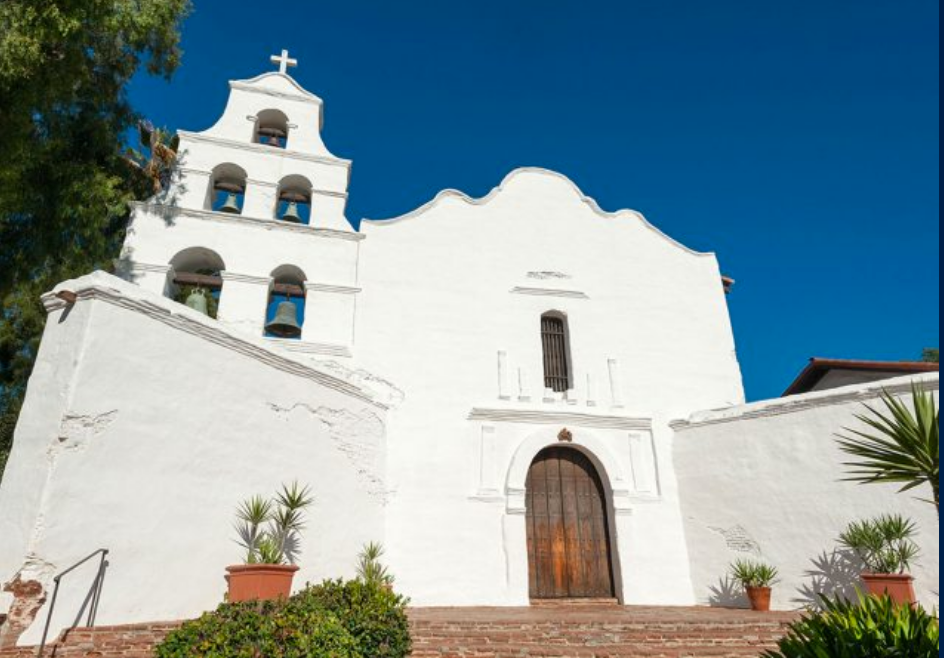As with many of the topics I write about, this one began with a question from my cousin. He is thinking of choosing a theme upon which to base some future travel plans. He’s not much into some of my favorite travel themes revolving around coffee and food! He did, however, come up with a unique one: researching and traveling to his hometown’s sister cities. Fascinating and fun idea, don’t you think?
Given my curious nature, love of travel, and how little I knew about the Sister City concept and what is a Sister City, I dug in. Now it’s time to share what I learned with you!
Imagine a world where people across the globe connect and care about each other. Imagine a world where people would understand and embrace cultural differences. That’s the Sister City mission. But what is a Sister City?
History of the Sister City Concept
Enter the Sister City concept, which creates global relationships based on education, information, culture, and trade exchange.
This was the vision of President Dwight D. Eisenhower back in 1956. His vision led to the establishment of Sister City International, a global non-profit. It serves as a “champion of peace and prosperity by fostering bonds among people around the world” (About Us, 2020). It was first called the People-to-People Program.

San Diego Sister City: Jeonju, South Korea Image: San Diego International Sister Cities Association
As Chicago Tribune writer Charles Leroux put it, “the Eisenhower administration hit upon the deceptively simple-sounding idea that diplomacy on a people-to-people basis might help build a lasting peace”. “Citizen diplomacy” is at the heart of Sister Cities International.
Eisenhower’s original words:
“If we are going to take advantage of the assumption that all people want peace, then the problem is for people to get together and to leap governments – if necessary to evade governments – to work out not one method, but thousands of methods by which people can gradually learn a little bit more of each other.”
“There is no more important work than that in which we are asking you to participate…the most worthwhile purpose there is in the world today: to help build the road to peace, to help build the road to an enduring peace”.
How Long Has the Sister Cities Association Idea Been Around?
According to writer Lauren Ziegler, the concept of Sister Cities dates back many centuries. As early as the 9th century, Paderborn, Germany paired up with Le Mans, France.
Early informal connections between cities include Keighley, England and Puteaux, France. The first U.S. Sister City happened in 1931, before the group’s official founding, between Toledo, Ohio and Toledo, Spain. Holy Toledo……great idea!
What is Sister Cities International?
Sister Cities International (SCI) was founded in 1956 and is the nonpartisan 501(c) (3), serving as the national membership organization. It facilitates the creation of sister city connections around the world.
In 2020, nearly every American state has at least 1 sister city. Curious about the outliers? They are New Hampshire, West Virginia, North Dakota, and Wyoming. If you live in one of these states, it’s time to go find a sister city!
Over the past 60 years, there have been tens of thousands of volunteers and “citizen diplomats” volunteering with SCI. More than 500 U.S. communities are involved. This has created more than 1800 partnerships in 138 countries spanning 6 continents.
Incidentally, the program contributes more than $525 million to U. S. Economy annually.
- Need a helping hand with booking award travel and making the most of your miles and points? When I do, I use my team at Juicy Miles. They get me on my way to my next fabulous destination!
Some Sister Cities Associations FAQs
What is a sister city relationship?
A sister city relationship is a long-term, cooperative relationship between two cities in different countries. Through this relationship cultural, educational, business, and technical exchanges take place.
It is formalized when two mayors (or highest elected/appointed officials) sign a memorandum of understanding establishing a sister city relationship. Activities are usually organized and implemented by volunteers, local institutions, and municipal employees. A city may have any number of sister cities.
What do sister cities do?
Sister cities associations plan and implement cooperative activities and exchanges in cultural, educational, municipal/technical, business, and humanitarian fields. Thousands of inbound and outbound exchanges take place every year. There are also virtual exchanges and other remote, cooperative activities.
Each Sister City has its own “society”. Each society has its own membership and mission.

San Diego Sister City: Alcalá de Henares, Spain: Image: San Diego International Sister Cities Association
How do two cities become sister cities?
A relationship is formally created when the mayors or highest elected officials from two communities sign a memorandum of understanding establishing the sister city partnership. However, this is usually the result of a long process that involves the local sister city organization along with the municipality and other local institutions.
Sister city relationships may develop from a number of sources such as: preexisting mayoral relationships, trade relationships, historical connections, ancestral/demographic connections, expatriate communities, shared geographic/sector challenges, faith-based groups, and personal experiences ranging from study/work abroad to marriages.
Sister Cities associations around the country focus on a number of different issues:
- Youth and education (short and long-term student exchange; scholarships for travel)
- Arts and Culture (musical performance, art exhibits, gardens and peace parks, and other cultural festivals)
- Business and Trade (create new markets; explore import/export opportunities and regulations)
- Municipal government information/training exchange
Sister cities associations also promote development projects including building wells, clinics, and training for medical personnel. And they have been known to support each other in times of need.
Since they are led through citizens and local governments, they can often bypass central government bureaucracy. For example, Portland Oregon raised more than $30,000 for Kathmandu, Nepal after the 2015 Earthquake. Sister cities have also shared radiologists, musicians…and there was even a paleontologist exchange.
- Click Here for more information about the best way to save money on your hotel stays!
Fun Facts about Sister Cities Associations
Where are they?
By region:
- Europe 609 (38 countries)
- Asia 593 (26 countries)
- Americas 374 (32 countries)
- Sub Saharan Africa 114 (29 countries)
- Mid East and North Africa 81 (10 countries)
- Oceania 29 (3 countries)
Most by country (top 5):
- Mexico 168
- Japan 162
- China 157
- Germany 100
- France 88
Most by U.S. State:
- California 356
- Texas 177
- Florida 148
- Illinois 84
- Washington 78
Sister City Sibling Rivalry
Now say that five times fast:)
Charles Leroux, a writer for the Chicago Tribune, offered this tale of Sister Cities back in 2001. His story tells how Chicago’s first sister city was established in 1960 by Mayor Ricahrd J. Daley with Warsaw, Poland. This was apparently a smart political move. It brought good favor between Chicago’s Democrats and the huge Polish-American community.
Chicago slowly added Sister Cities to its list until 1989, when the next Mayor Daley (Richard’s J.’s son, Richard M.) saw some economic as well as citizen-ambassador opportunity in the program.
Sister City Rivalry Heats Up
In the following decade, Chicago saw, according to Leroux, “almost hyperpituitary growth of the Sister City program. Chicago added 14 new cities creating a “veritable sorority house of 22 sisters—one more than the equally acquisitive Los Angeles has, and way more than New York’s puny total of six”.
By 2001, Chicago had “almost half as many Sister Cities as it has wards…..As was said of the British Empire at its height, the sun literally never sets on Chicago’s Sister City network.”
Although some of Leroux’s article is written a bit tongue in cheek (“What do we in Chicago get from our sisters?”), he goes on to answer his question, listing the many positives—which apply to Sister Cities everywhere.
https://youtu.be/109dFImqh2k
Final Thoughts
So there you have it: Sister Cities associations gossip, history, facts, and figures. This clever program, established to promote cultural connection and collaboration, continues to send us the important message that we can all be citizen-diplomats.
In fact, during the current pandemic, the Sister Cities associations are reaching out to each other in camaraderie and concern.
If you would like to get involved, check out this webpage for volunteer and donation opportunities.
Do you know what your hometown’s Sister Cities are? Have you visited many of them? I think it’s a great idea to base travel plans around and hope my cousin sticks to his unique idea!
Related Posts:
- These Hacks Save Money on Every Hotel Room
- 9 Awesome Travel Accessories to Pack for Your Next Trip
- Use Google Flights to Find the Cheapest Airfares
The responses below are not provided or commissioned by the bank advertiser. Responses have not been reviewed, approved or otherwise endorsed by the bank advertiser. It is not the bank advertiser's responsibility to ensure all posts and/or questions are answered.